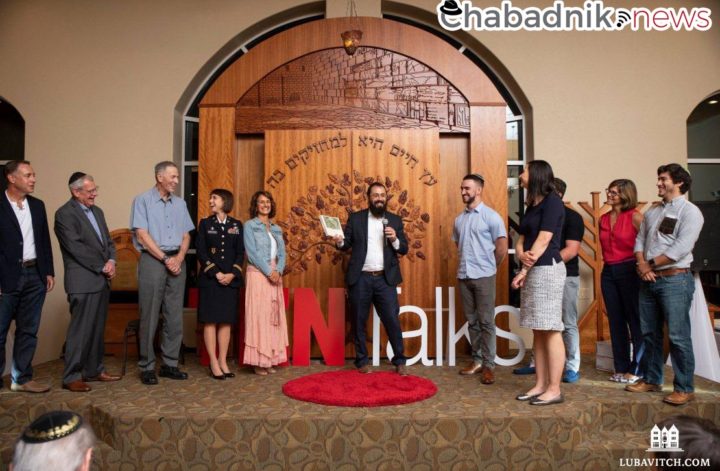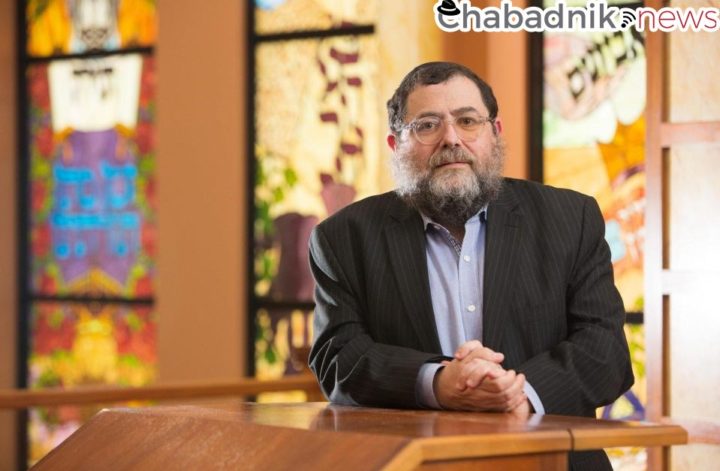- He Was Named for His Two Great-Grandfathers
Rabbi Sholom DovBer of Lubavitch (known by his abbreviation, the Rebbe Rashab) was conceived on 20 Marcheshvan, 5621 (1860). He was named after two of his celebrated incredible granddads:
a) Rabbi Sholom Shachna,1 father of the third Chabad rebbe, Rabbi Menachem Mendel Schneersohn of Lubavitch.
b) Rabbi DovBer of Lubavitch, the second Chabad rebbe, known as the Mitteler Rebbe.
- He Was the Fifth Rebbe of Chabad
In 5643 (1882), upon the death of his dad—Rabbi Shmuel Schneersohn of Lubavitch, known as the Rebbe Maharash—Rabbi Sholom DovBer took on the position of administration. He kept up this situation for more than 37 years, until his passing on 2 Nissan, 5680 (1920), when he was prevailing by his solitary child, Rabbi Yosef Yitzchak Schneersohn, known as the Frierdiker Rebbe.
Peruse: Biography of Rabbi Sholom DovBer Schneersohn
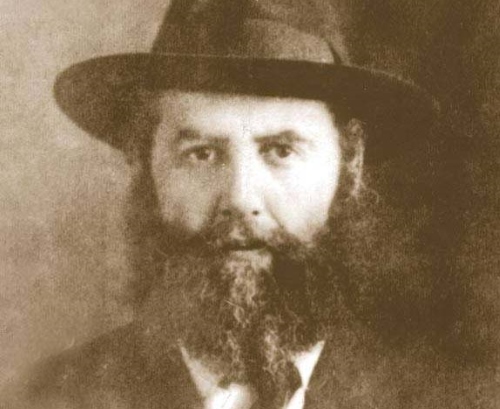
Rabbi Yosef Yitzchak Schneersohn—the Previous Rebbe, of honest memory—in his more youthful years.
Rabbi Yosef Yitzchak Schneersohn—the Previous Rebbe, of honest memory—in his more youthful years.
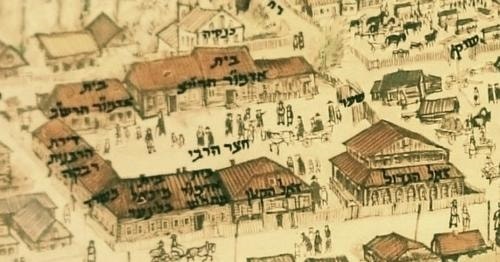
- He Began Guiding Followers at Age 21
At the point when his dad died, Rabbi Sholom DovBer was a youngster of 21. For the following 11 years, he declined to authoritatively accept the title of “Rebbe,” clarifying that he felt it important to initially invest energy improving his character and digging into the lessons of Chassidism. By the by, he promptly started conveying Chassidic talks (known as maamarim) and exhorting his devotees in profound issues. At last, on Rosh Hashanah, 5654 (1893), he started going about as Rebbe in all perspectives.
- He Attained Herculean Achievements Despite Poor Health
It is hard to locate a Jewish pioneer who achieved such a great amount regardless of such chronic weakness. Rabbi Sholom DovBer experienced tuberculosis, a powerless heart, and different diseases, requiring yearly visits to wellbeing spas for quite a long time at a time in places, for example, Yalta (Crimea), Vienna (Austria), Marienbad (Czech Republic), Wurzburg (Germany), and numerous others.2 Notwithstanding his feeble aura, Rabbi Sholom DovBer substantiated himself a brave hero for Russian Jewry in a heap of issues, just an inspecting of which show up beneath.
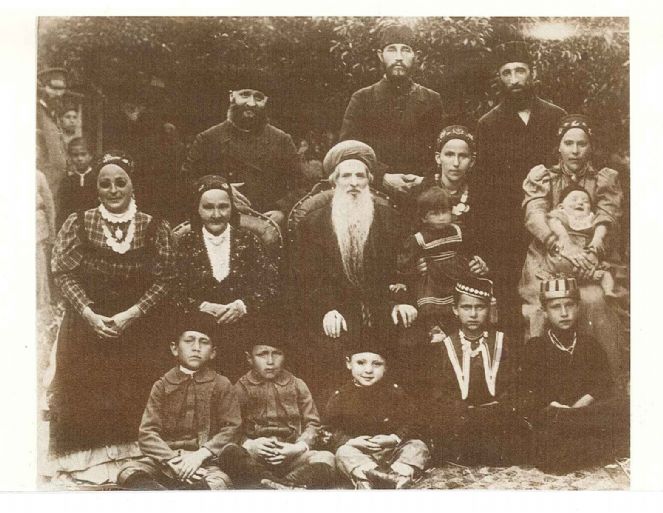
A nursery in the retreat region encompassing Yalta
A nursery in the hotel territory encompassing Yalta
- He Founded Yeshiva Tomchei Temimim
Maybe Rabbi Sholom DovBer’s most original achievement was the establishing of the yeshiva Tomchei Temimim, in 5657 (1897). Up to that point, yeshivas zeroed in on showing Talmud and Jewish law, setting up their understudies for their vocations as future rabbis. In any case, unavoidable trends were blowing through Europe, and an enormous level of yeshiva understudies were cleared away in the energy of the Enlightenment, mainstream Zionism, and different developments. Noticing this, Rabbi Sholom DovBer reasoned that the best way to guarantee the fate of true Judaism was to build up a yeshiva which would zero in on the profound character improvement of its understudies, the future heads of world Jewry. To achieve this objective, the investigation of Chassidism was remembered for the yeshiva’s educational plan—a progressive idea at that point.

The home of the Rebbe and the yeshivah grounds in the city of Lubavitch.
The home of the Rebbe and the yeshivah grounds in the city of Lubavitch.
- He Is Known as the “Maimonides of Chassidism”
Rabbi Sholom DovBer after death obtained a fascinating moniker: “The Rambam [Maimonides] of Chassidism.” Rabbi Sholom DovBer’s chassidic talks stand apart for their clearness and introduction of confounded themes in a coordinated manner, much like the efficient plan of Jewish law accomplished by Maimonides in his artful culmination, the Mishneh Torah.
Rabbi Sholom DovBer’s huge range of chassidic lessons have been distributed in many volumes, and are concentrated in Chabad yeshivas and homes over the globe.
Study: An exemplary talk from Rabbi Sholom DovBer
- He Actively Championed for the Rights of Russian Jewry
Rabbi Sholom DovBer never stopped doing combating for his brethren to be viewed as undeniable residents of the despot. In 1882, the Russian government drafted the May Laws, seriously diminishing where Jews could live and which occupations they could have. Using whatever means and associations he had, Rabbi Sholom DovBer tried to facilitate these limitations however much as could reasonably be expected. For instance, he effectively accomplished the arrival of 300 Jews accused of wrongfully living past the Pale of Settlement.

- He Worked Closely with Non-Chassidic—and Non-Religious—Leaders
To achieve these objectives, Rabbi Sholom DovBer didn’t spare a moment to band together with pioneers who shared unique, or in any event, restricting, perspectives to his own. Among the numerous Torah researchers with whom he joined endeavors were Rabbi Chaim Soloveitchik, rabbi of Brisk; Rabbi Chaim Ozer Grodzinski, rabbi of Vilna; Rabbi Shmuel Weinberg, Rebbe of Slonim; Chacham Chaim Chizkiyah Medini, Sephardic rabbi of Chevron; and Rabbi Shlomo Zalman Breuer, child in-law of Rabbi Samson Raphael Hirsch and Orthodox rabbi of Frankfurt.
Rabbi Sholom DovBer even enrolled the endeavors of Baron David Gunzburg, in spite of the immense philosophical and strict hole between them. One model was their joint endeavors to give matzah to Jewish officers shipped off the Far East during the Russo-Japanese War.
Peruse: The Chinese Matzah Campaign of 1905
Chacham Chaim Chizkiyah Medini, Sephardic rabbi of Chevron, portrayed while living in Crimea.
Chacham Chaim Chizkiyah Medini, Sephardic rabbi of Chevron, portrayed while living in Crimea.
- He Worked Tirelessly to Support the Jews of Israel
Rabbi Sholom DovBer played a functioning part in reinforcing the Jewish people group in Israel, both substantially and profoundly. He was engaged with the administration of the Chabad-Israeli foundation organization Colel Chabad, guaranteeing assets would be conveyed sincerely to the suitable beneficiaries, and masterminded extra subsidizing and lodging for Jews living in Hebron. He additionally settled a sister part of Tomchei Temimimin Israel called Torat Emet.
Simultaneously, he passionately contradicted the mainstream Zionistic approach of subbing strict existence with skeptical patriotism.
Peruse: Chabad and Israel
Beit Romano, a huge grounds bought by Rabbi Shalom DovBer in the sacred city of Hebron.
Beit Romano, a huge grounds bought by Rabbi Shalom DovBer in the sacred city of Hebron.
- He Promoted Authentic Education for Jewish Children
The last part of the 1800s saw expanded interest in propelling society and edification among Russian Jewry. One of the main activists around there was Baron Horace Gunzburg (Baron David’s dad), who attempted to open schools all through Russia where Jewish youngsters could get common instruction. Understanding that the instructors in these schools imparted blasphemous standpoints to their understudies, and seeing the enormous number of adolescents being driven adrift thus, Rabbi Sholom DovBer battled without holding back against these endeavors. At the point when he heard that the Paris-based JCA guaranteed 1,000,000 francs to help the Baron in his undertakings, he started a gigantic mission to depict the genuine predicament of Russian Jewry to the benefactors. This prompted a critical portion of the gift being diverted to help construct an industrial facility in Dubrovna, which gave sufficient occupation to right around 2000 Jewish laborers.
Rabbi Sholom DovBer additionally established Ha’ach, a week after week pamphlet for kids, with stories and other drawing in material sending legitimate Jewish qualities, which circled from 1910 to 1914.
- He Extended Spiritual Aid to Distant Sephardic Communities
Rabbi Sholom DovBer was the principal Chabad Rebbe to send messengers to support far off Jewish people group. Specifically, he sent devotees to the far off networks in Buchara (Uzbekistan) and Georgia, where strict recognition had seen a decay. In spite of the fact that his devotees were Ashkenazic and local people were Sephardic, their endeavors met with colossal achievement.
Peruse: The Rebbe Rashab and the Mountain Jews
Mountain Jews in the Quba region of Azerbaijan learning Torah.
Mountain Jews in the Quba region of Azerbaijan learning Torah.
- He Fled to Rostov During World War I
As the Germans progressed into Russian region during World War I, Rabbi Sholom DovBer had to settle on the troublesome choice to leave Lubavitch, the seat of the Chabad development for a very long time. He moved his court to the city of Rostov, where he stayed until his passing in 5680 (1920).
There, he proceeded with his mutual exercises, including the kickoff of the Ezra print house, with the objective of distributing petition books and other essential Jewish writing for the enormous convergence of Jewish exiles. He additionally aided the endeavors to resettle Jewish people group at the war’s end.
Peruse: Resolution in a Time of Revolution
The Rebbe Rashab’s and Rebbe Rayatz’s living arrangement in Rostov. (Photograph: בתוך הגולה (אלישיב קפלון), חיש תשע”ב)
The Rebbe Rashab’s and Rebbe Rayatz’s living arrangement in Rostov. (Photograph: בתוך הגולה (אלישיב קפלון), חיש תשע”ב)
- He Constantly Worked on His Service of G‑d
Rabbi Sholom DovBer didn’t permit the time devoישted to his mutual endeavors to influence his own help of G‑d. He kept a thorough day by day plan that included numerous long stretches of supplication and Torah study, and he was incredibly careful in Jewish law. He frequently spent numerous sequential hours considering a solitary Chassidic idea, and he continually looked to improve his character and increment his dedication to G‑d. He requested the equivalent from his supporters, and for sure, maybe this was his most noteworthy accomplishment—he prevailing with regards to raising an age of Chassidim who thusly kept the fire of Judaism alive in Communist Russia and spread Judaism over the globe.
The last lines of Kuntres Eitz HaChaim (The Treatise o


